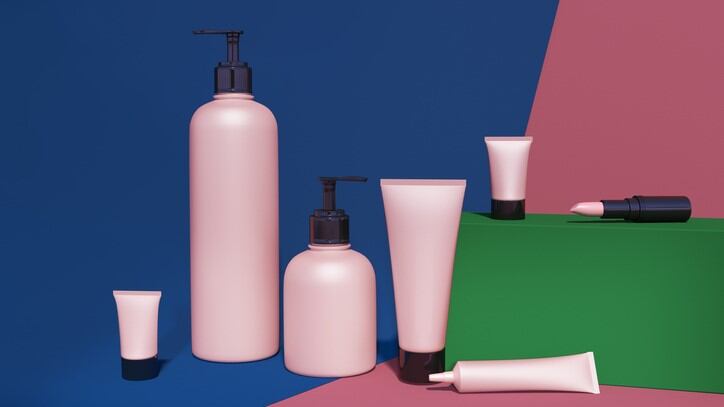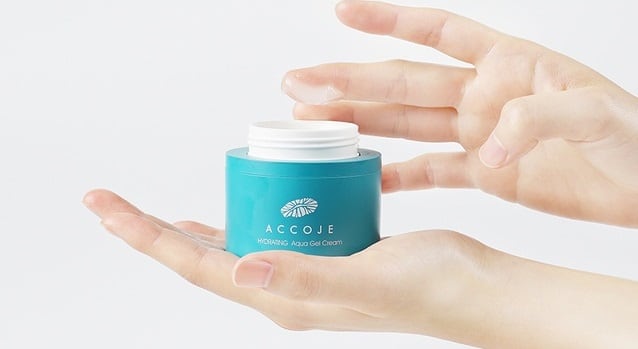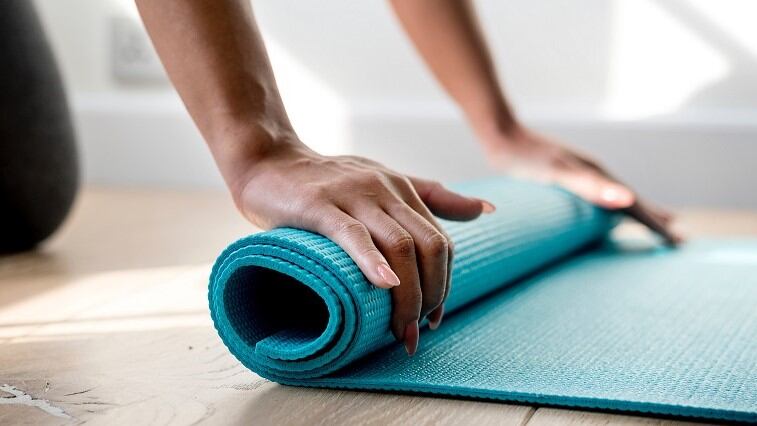1 – Millennial mindset: HK cosmetics firm believes going against convention is the way forward
Hong Kong-based cosmetics OEM company Global Cosmetics is on a mission to modernise its business and tap into the millennial mindset as it prepares to expand internationally as a ‘full-service ideas company’.
The 28-year-old company owns a factory in China and primarily serves customers in the UK and the US. It is currently looking to expand its presence globally and make its mark as a cosmetics company.
Patrick Leung currently serves as VP of business operations of the company founded by his mother, Judy Lau.
He cut his teeth in the start-up world, is determined to grow the family business into a ‘legacy’ company that will survive beyond a hundred years.
To achieve that, the company will need to overcome numerous challenges facing China’s manufacturing sector, said Leung.
2 – Hope and beauty: Kao to kick off Kanebo rebrand with launch of 44 new make-up items in 2020
Japanese cosmetics conglomerate Kao Corporation is set to release 44 new colour cosmetic products in February 2020 to mark the official rebrand of cosmetics brand Kanebo.
Kanebo is one of the eleven strategic brands (G11) the Kao group has positioned at the core of the group’s global cosmetics businesses. The company’s aim is to grow the presence and status of Kanebo on the global cosmetics stage as a leading brand.
The brand first appeared on the global stage in 2016 with a premium skin care line. This coming spring, Kanebo will officially roll out a new marketing campaign based on the concept of ‘hope’.
The company explained that the new message would serve the aspirations of consumers all around the world who value individuality, diversity, and personal qualities that distinguish themselves from others.
It said the ‘Birth of Hope’ campaign was aimed at consumers that are ‘proud of their individuality and believe that they can create their own future.’
3 – Same, but different: AOBiome aims to capture China market with Mother Dirt 'twin'
US-based microbiome company AOBiome is poised to tackle the Chinese market with AO+ Skincare, a new brand based on its own probiotic beauty brand, Mother Dirt.
Like Mother Dirt, AO+ Skincare products contain the hero ingredient, Ammonia Oxidizing Bacteria (AOB). AOBiome claims that AOB acts as the “peacekeeper” of skin microbiome health but gets wiped out with the daily use of personal care products like soaps and deodorants.
The AO+ Skincare brand was created for China and Hong Kong markets, where it launched around six months ago. It is currently distributing its products through its own online store and via e-commerce platform JD.com
The brand not only has a different name but an entirely different look.
Shanshan Liu, head of marketing for AOBiome Cosmetics, explained to CosmeticsDesign-Asia that the company had to change the name because Mother Dirt does not translate well into Mandarin and would not resonate well with Chinese consumers.
4 – Premium potential: Virospack targets China expansion as domestic industry goes upmarket
Dropper maker Virospack believes there is huge potential in China’s domestic market as more local beauty brands begin to position themselves in the premium category.
The veteran cosmetic dropper company began extending its presence in China in 2018. At the end of 2019, the company opened a dedicated office in Shanghai to further cement its commitment to the market.
“China is very new for us, but we see a lot of potential. Many of our products are already in the Chinese market through the big international companies but we want to work directly with Chinese brands because we see a lot of potential there,” said Felipe Rodríguez Caneiro, Asia Pacific area manager, Virospack.
More specifically, the firm sees plenty of opportunity in the premium beauty space, added Joanna Milne, account manager, Virospack.
“We know that prices of European-made products are much higher but today Chinese companies are willing to pay for the service and the high quality. We do see many such companies are willing to pay a premium to have their product made in Europe. There’s a market here for it definitely.”
5 – Colour craze: Intercos aims to strengthen position in China on the back of make-up boom
A spike in demand for colour cosmetics has created an opportunity for the Intercos Group to accelerate its business and further strengthen its position in the Chinese market.
In the past few years, the Italian cosmetics maker has observed a shift in market demand from skin care into colour cosmetics in China.
For the past two years, lipsticks have been the top make-up product. However, its appetite for colour is driving the popularity of eyeshadow palettes.
“It used to be all about lipsticks, but now that everyone has so many, the consumer is looking for more colour to put on their face and they turning to eyeshadow palettes,” said Michelle Liu, strategic marketing director of Intercos China.
She explained: “They give the consumer the opportunity to create their own looks, there’s a DIY element to it. It’s a way to express themselves,”





